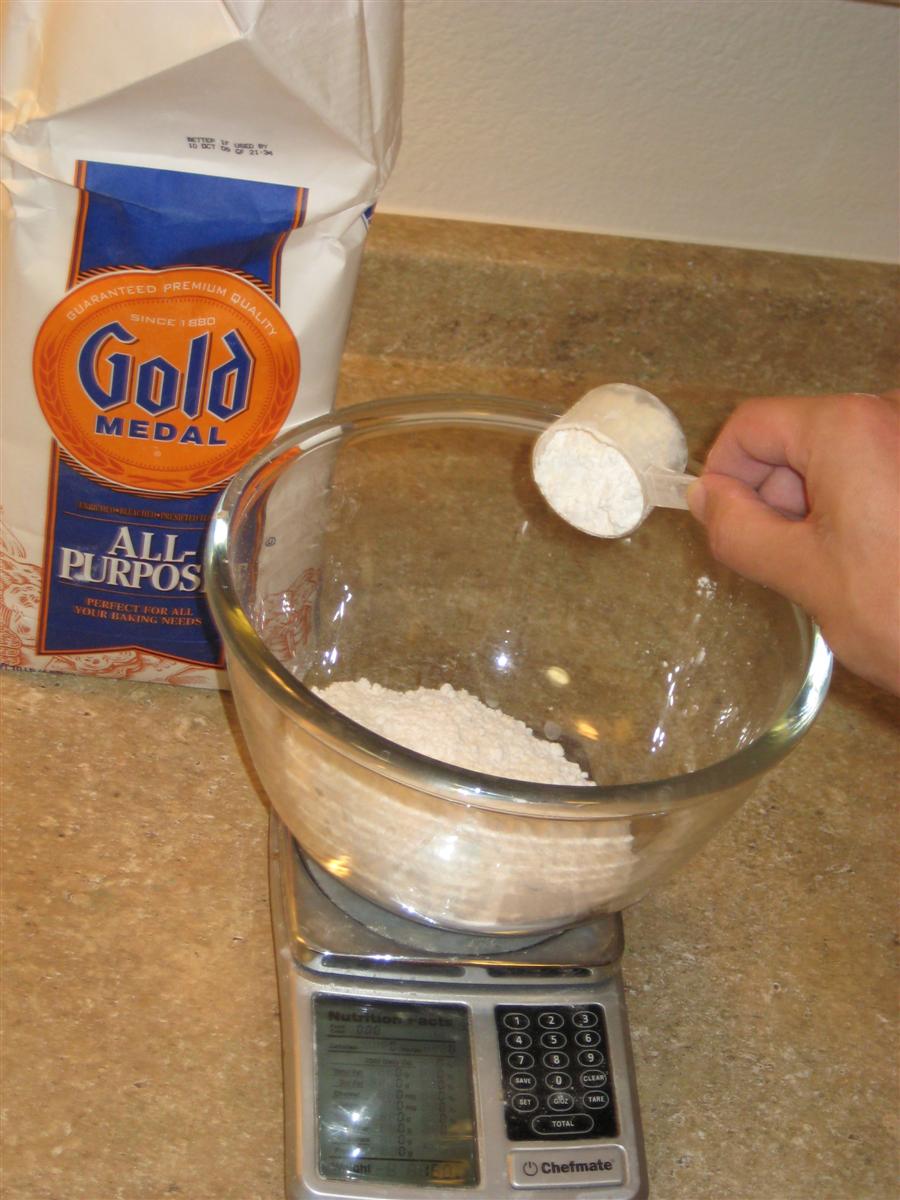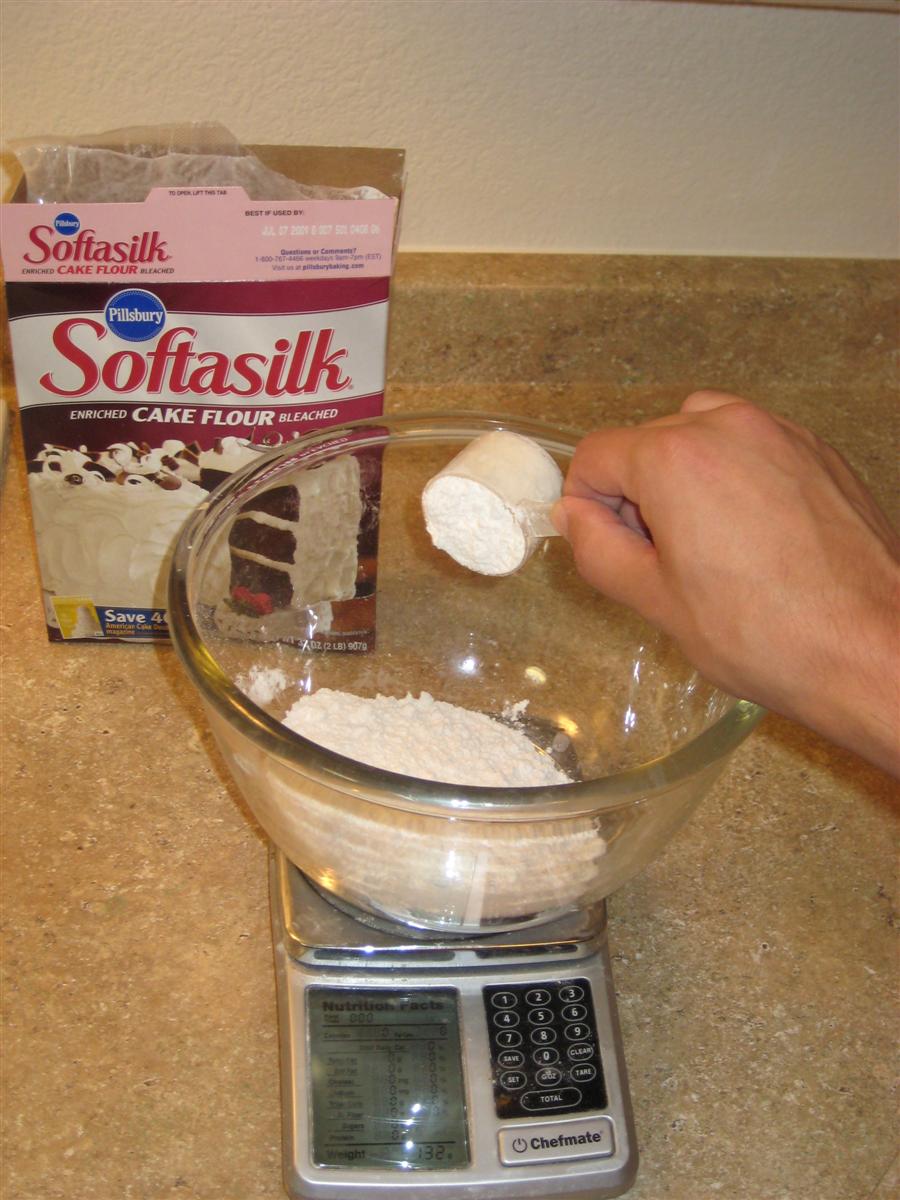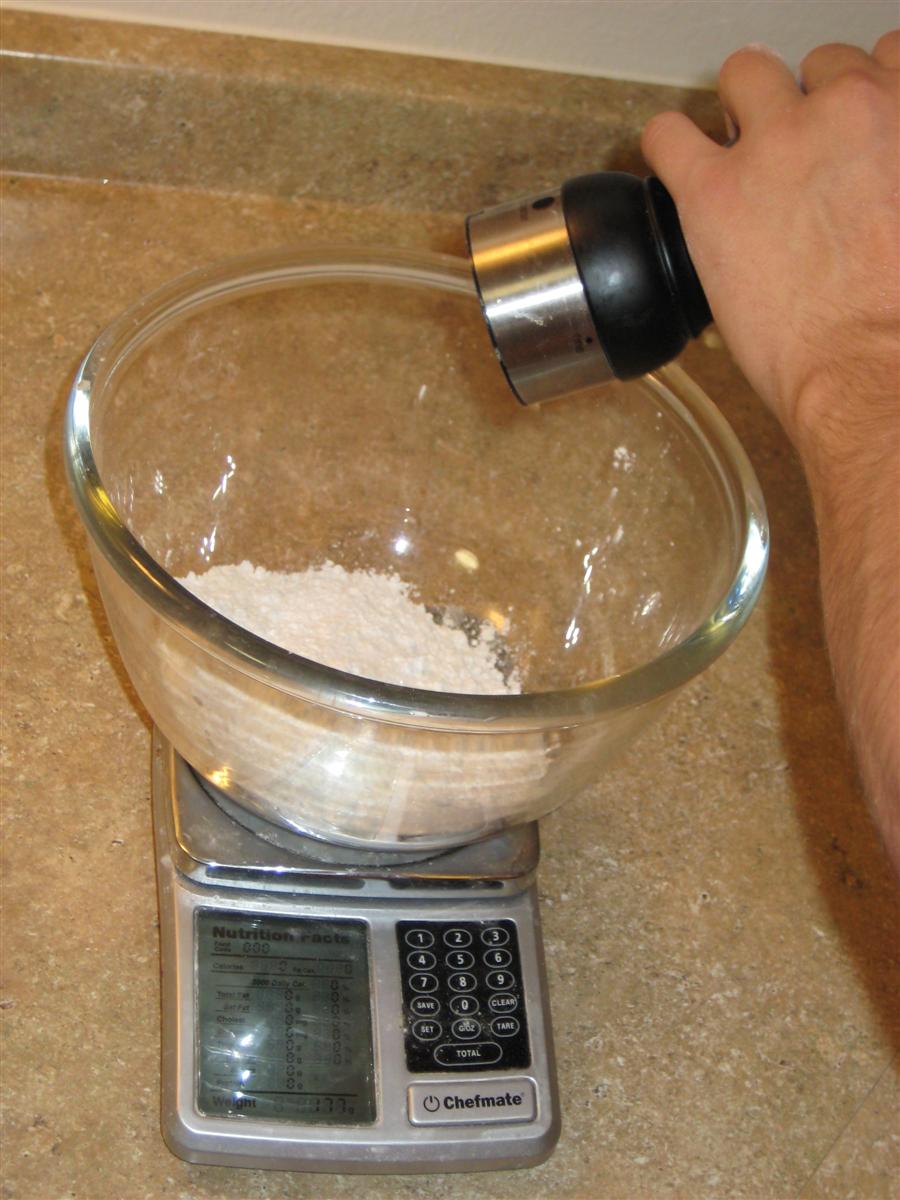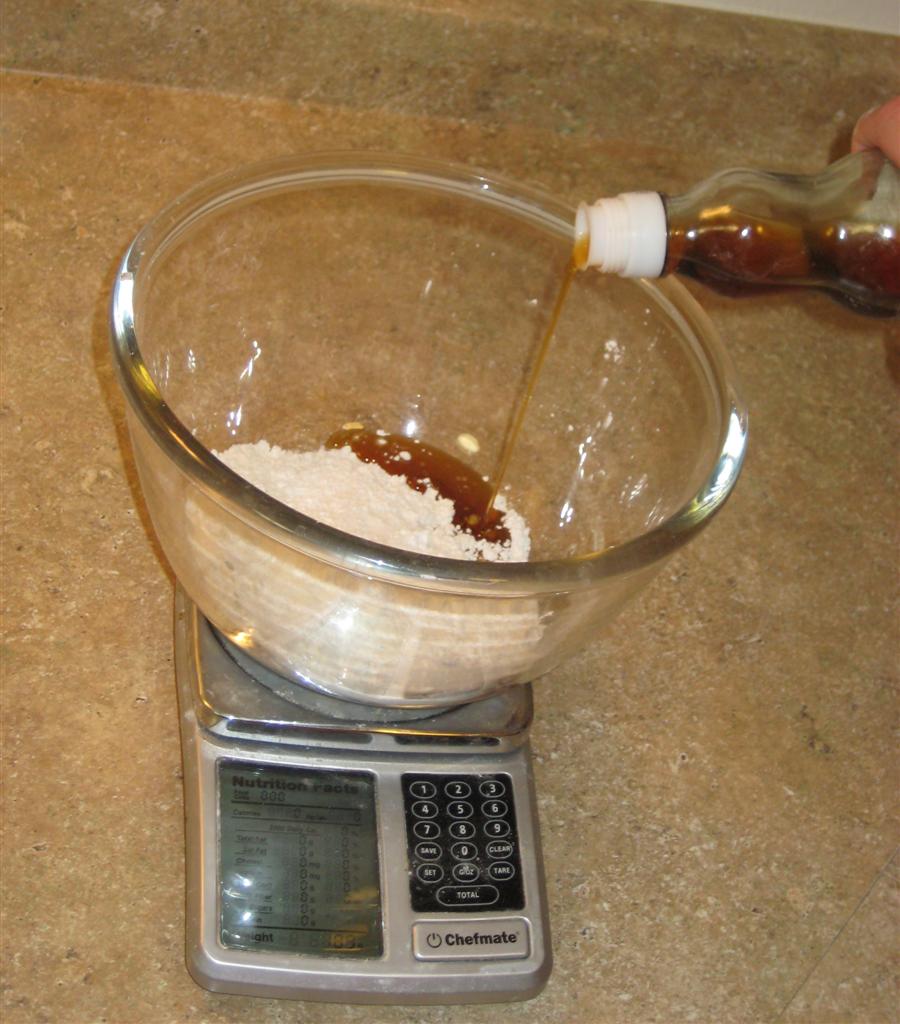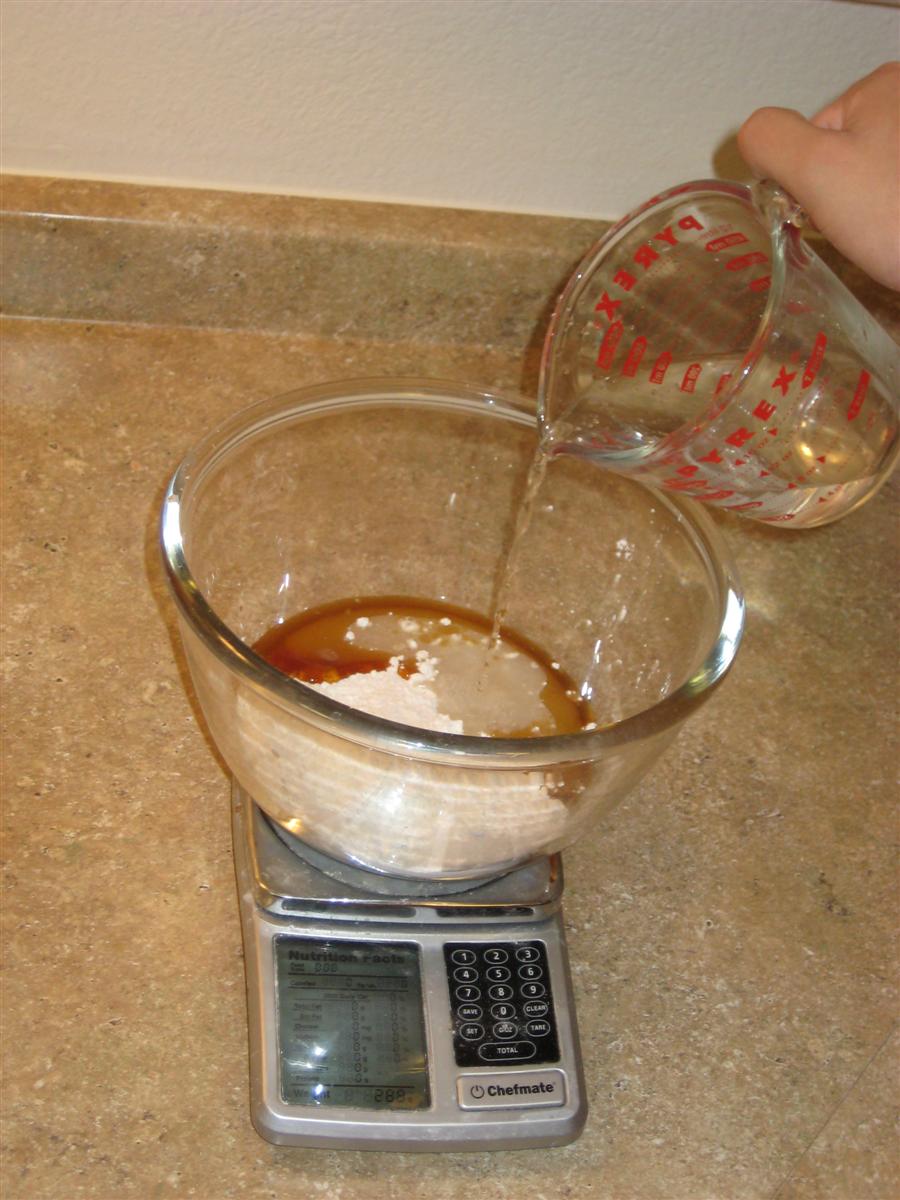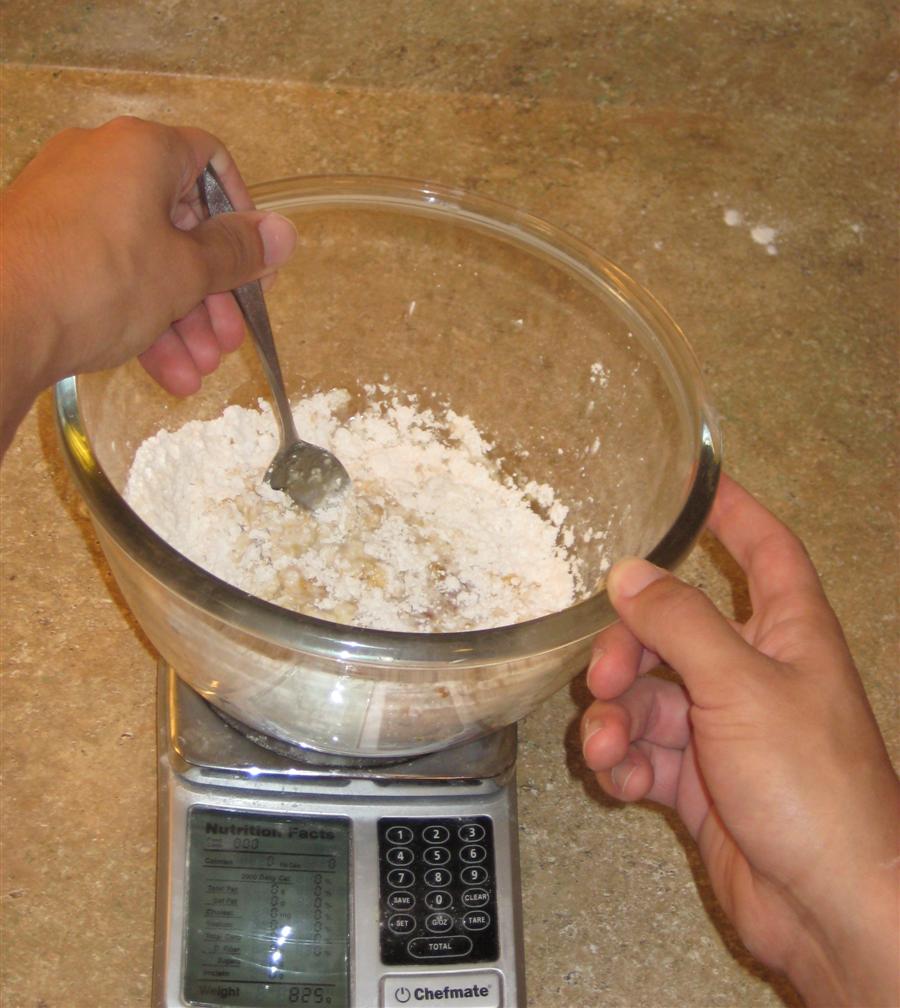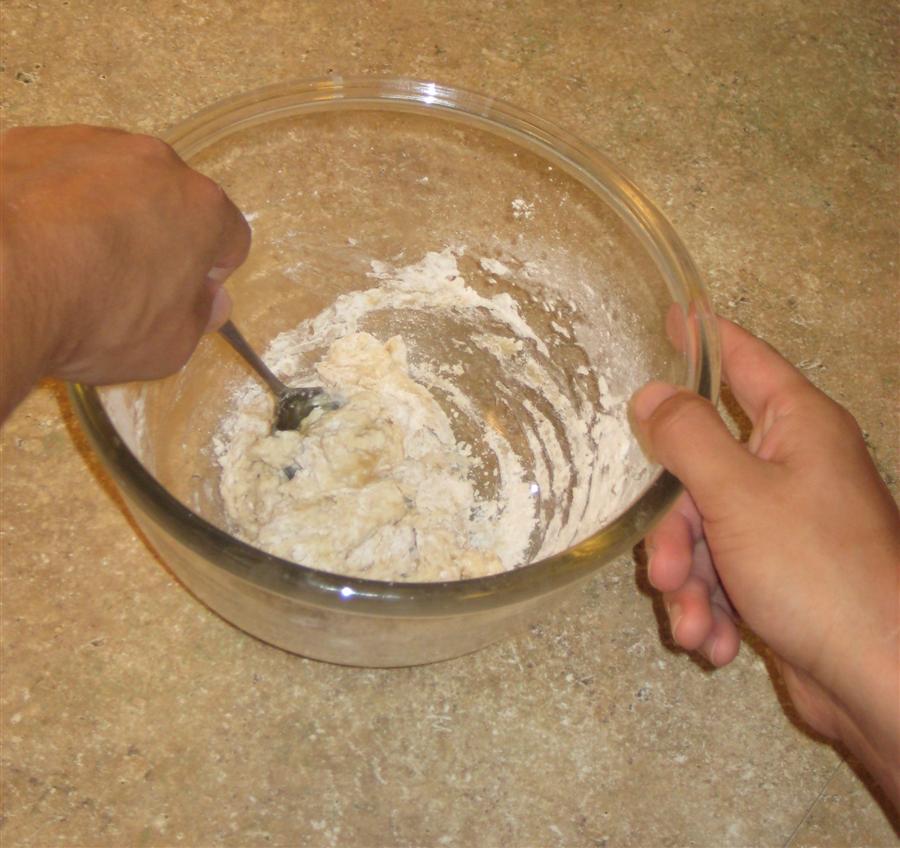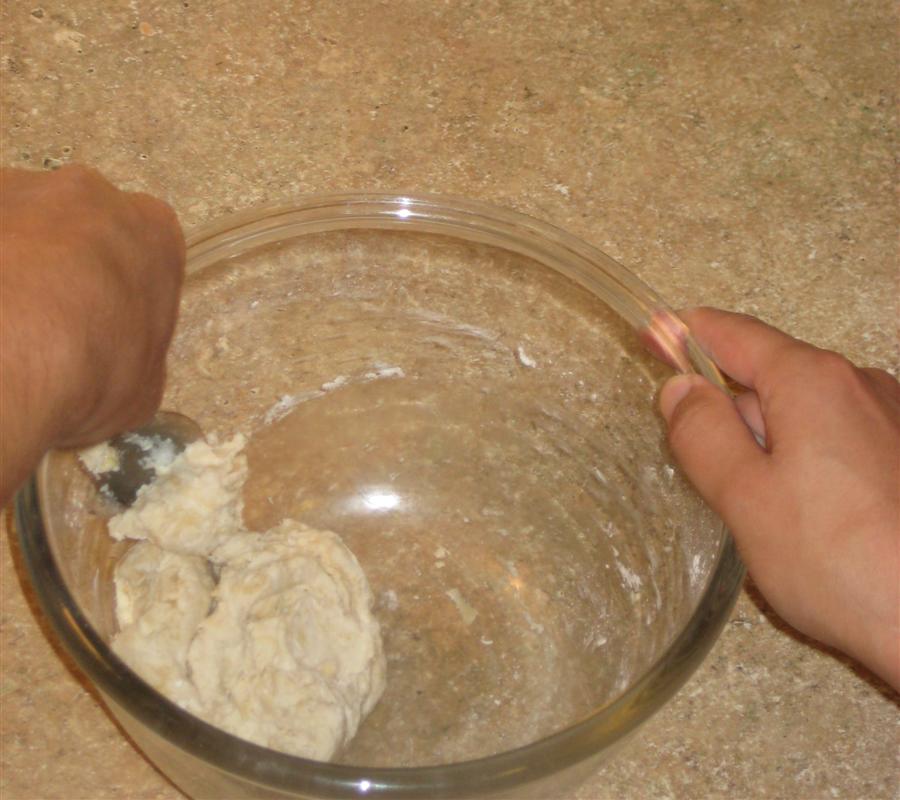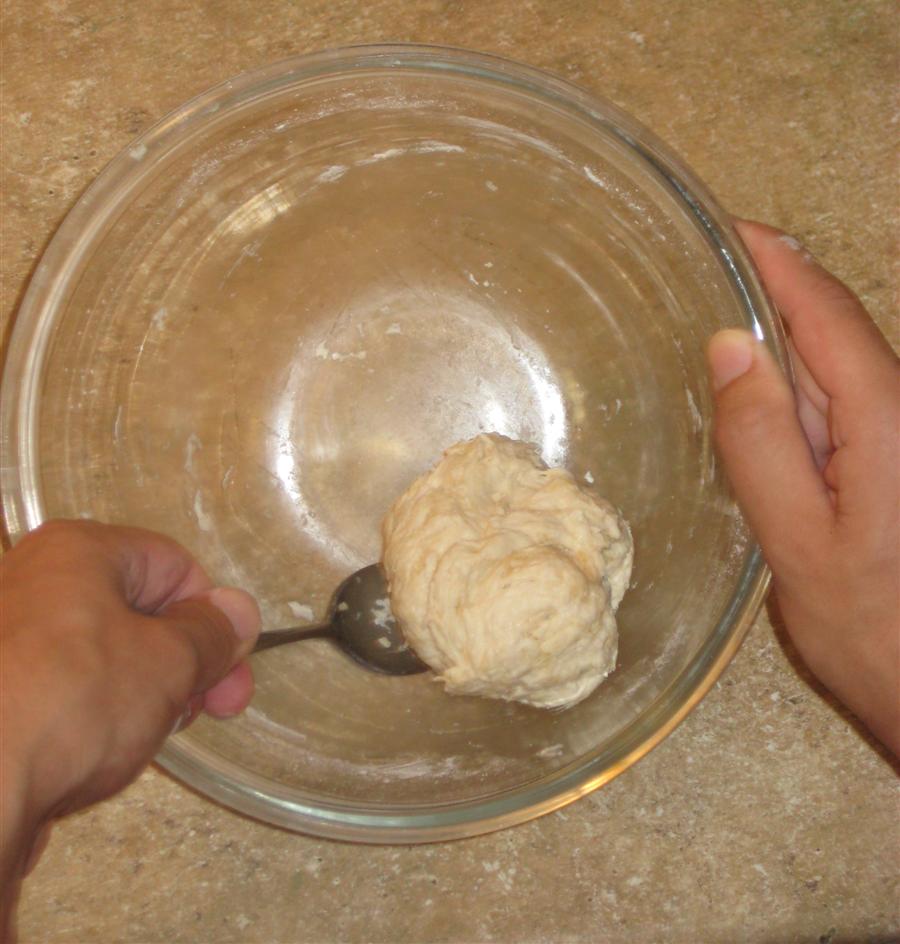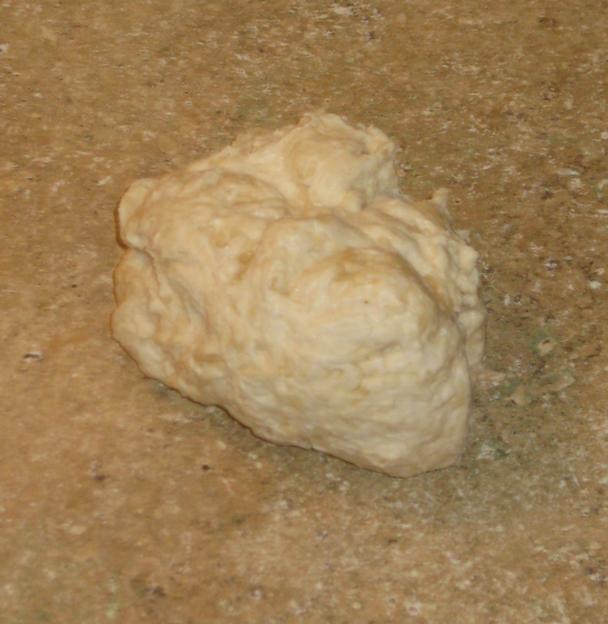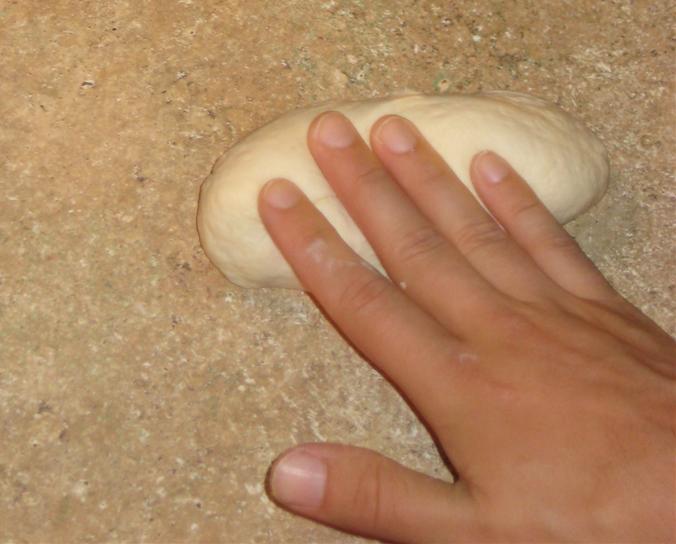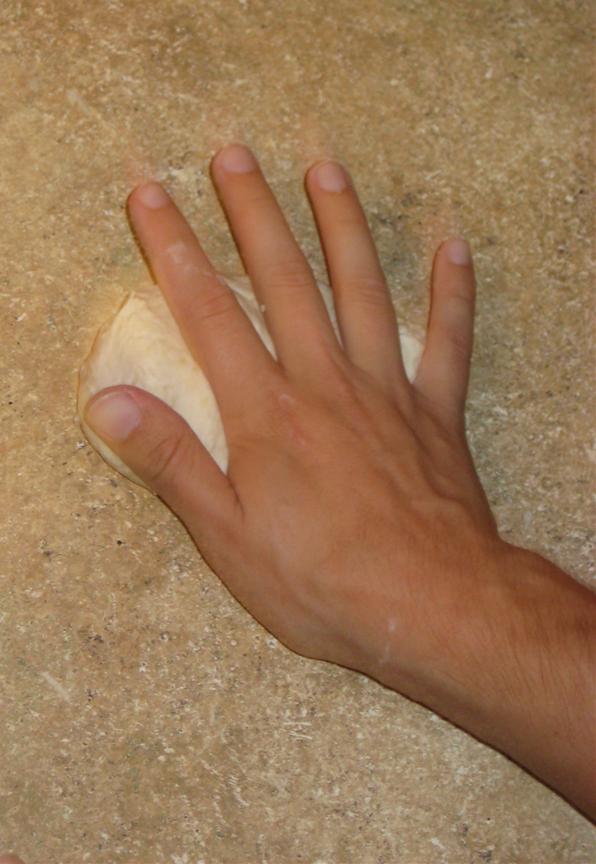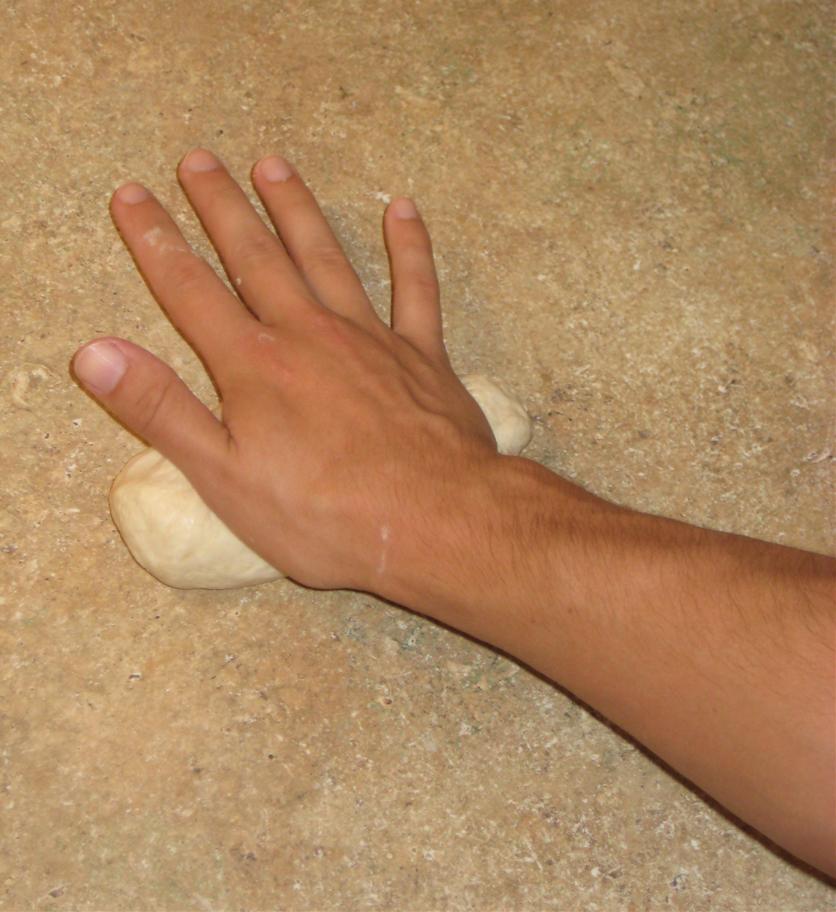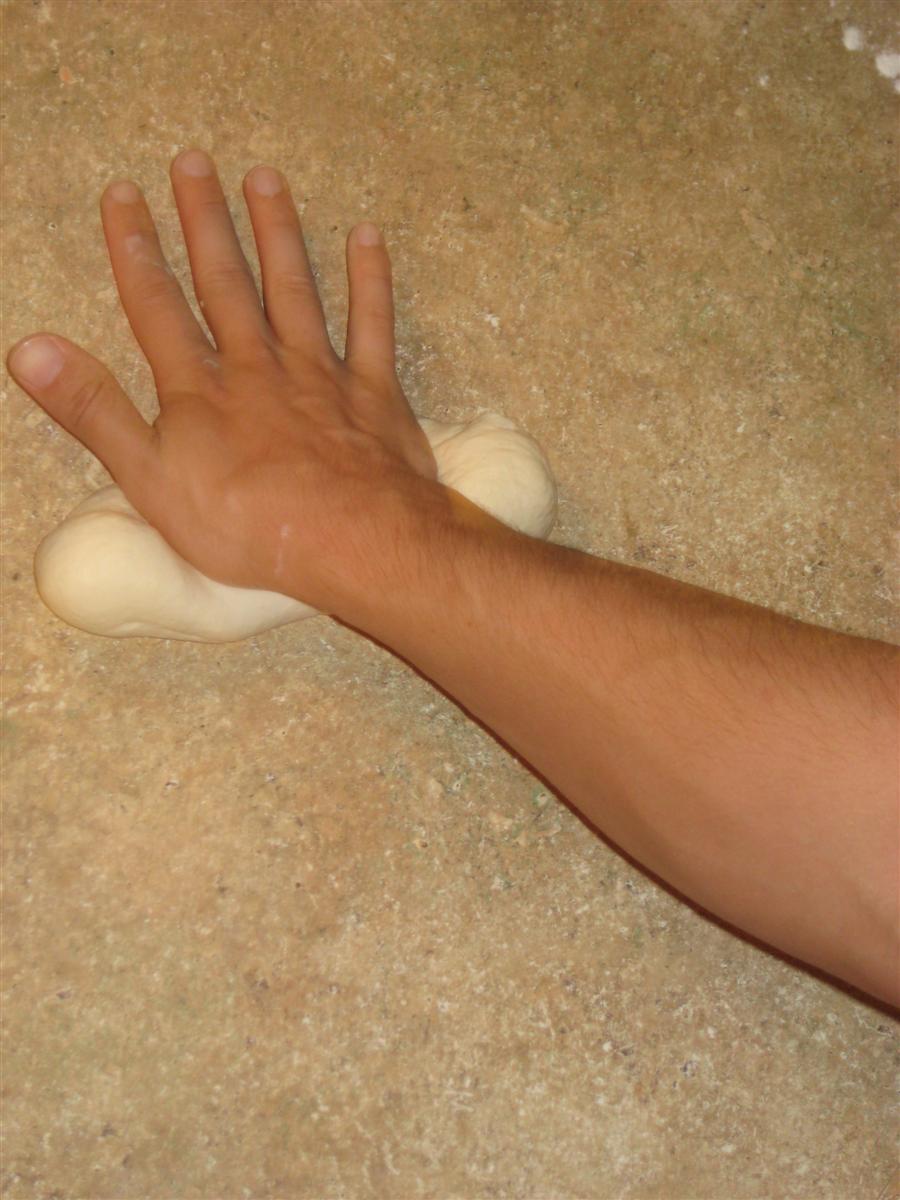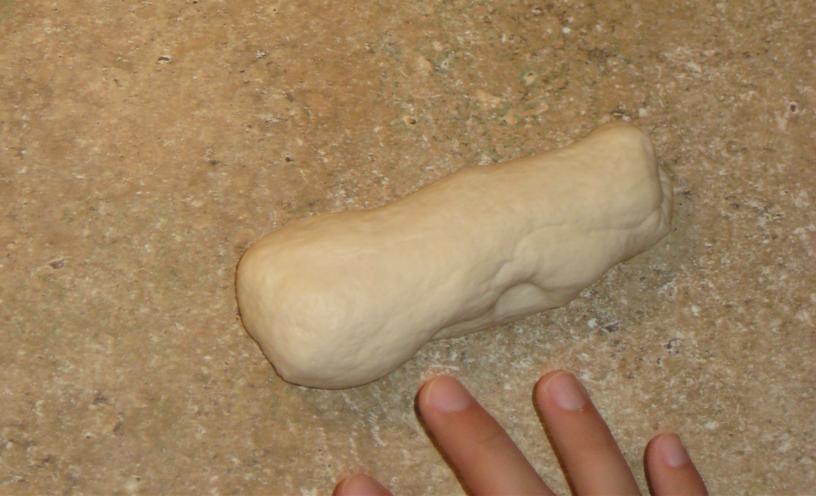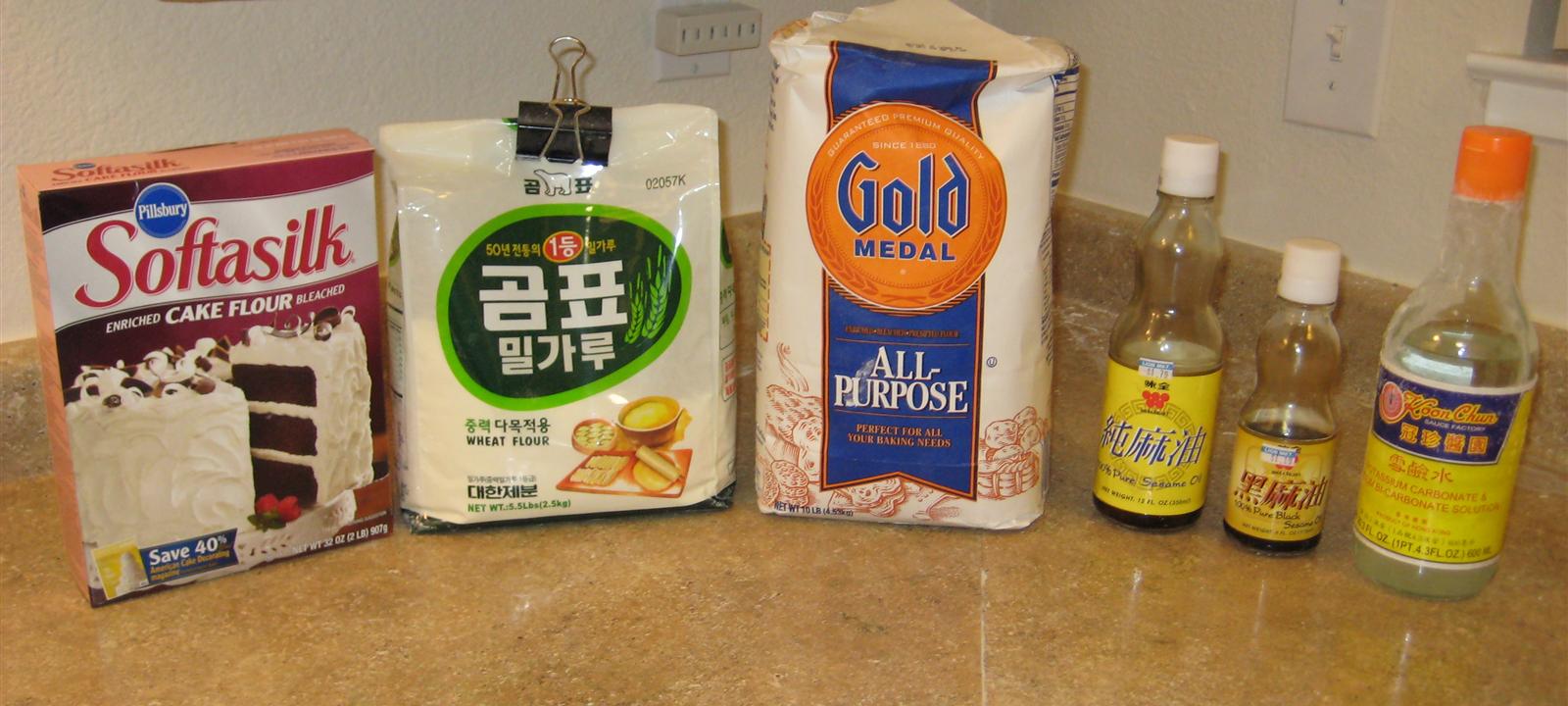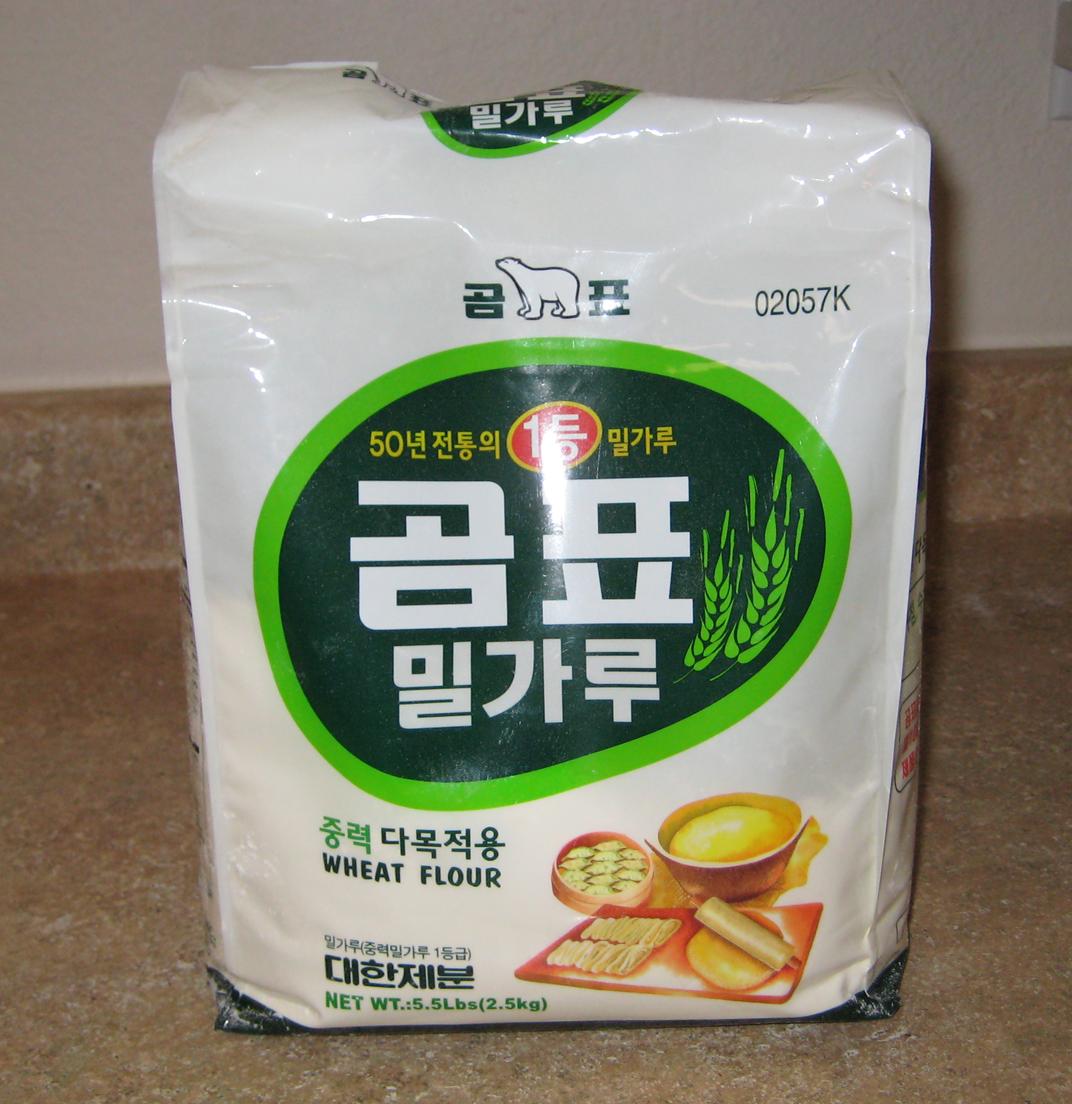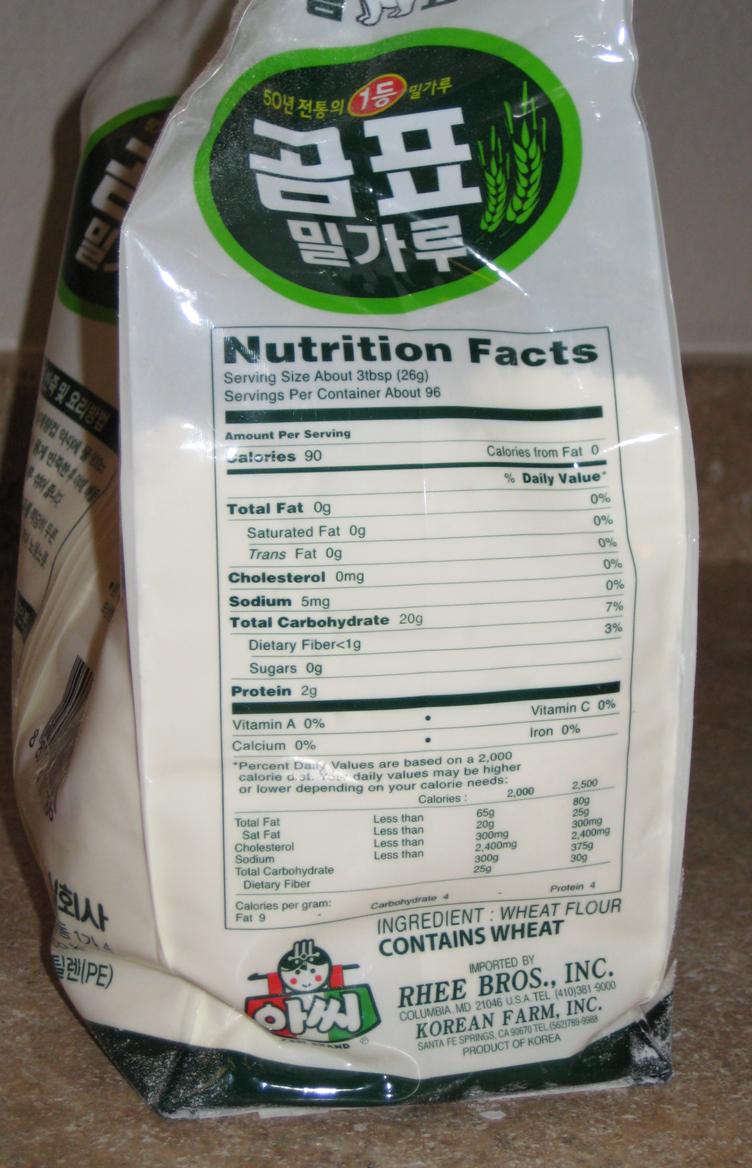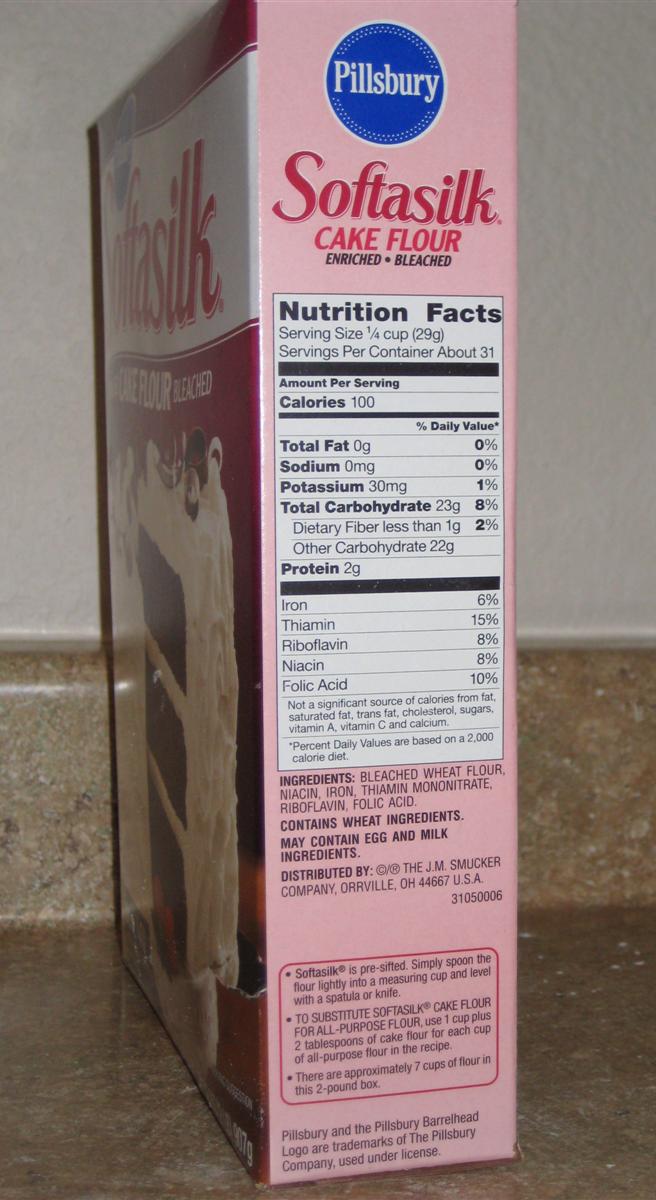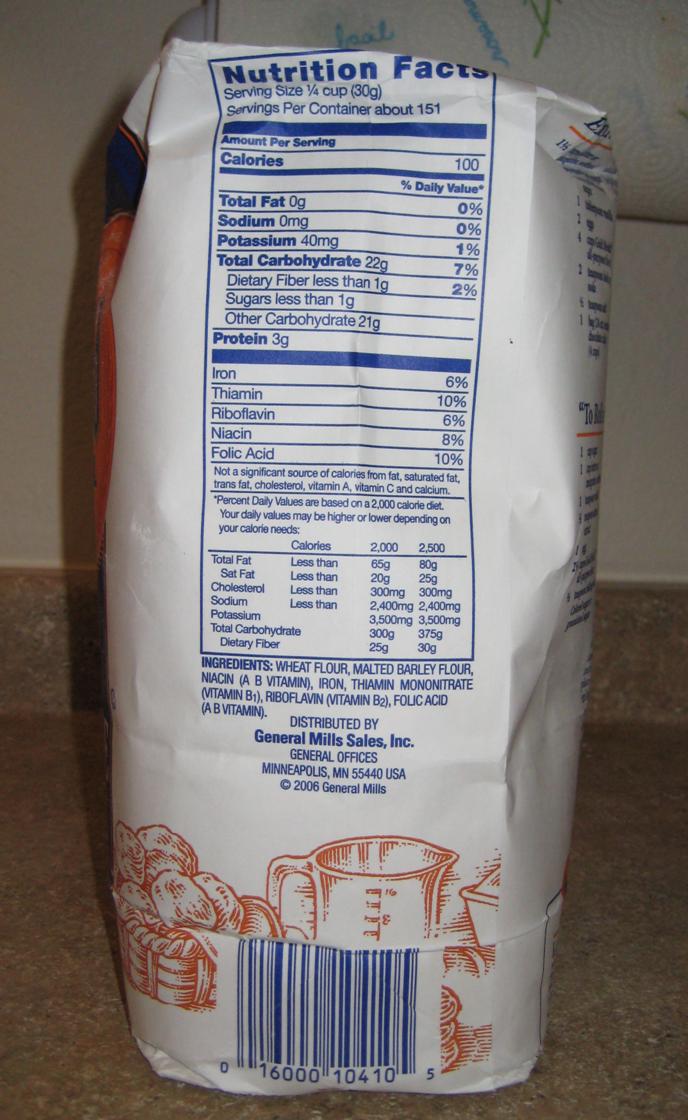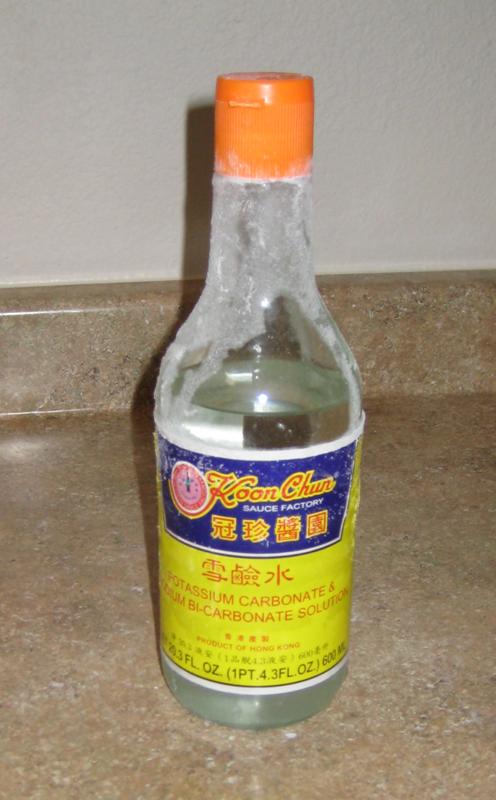I thought about taking a bunch of pictures to show show to actually pull the noodles, but it’s better explained in a video. So I’ve broken the whole ordeal up into two parts. The first deals with how to knead the dough and what to look for to know that it’s time to pull some noodles. The second shows you how to pull the noodles, and how to get the most practice time out of your dough.
Part 1 is here:
You really have to work the dough to get it pullable withing 20 minutes. Don’t be discouraged if it takes you 30 or 40 minutes to get the dough there.
And Part 2 is here:
The pulling technique I show here works really well for small balls of dough. I have yet to pull noodles out of a big piece of dough, but I think it requires the whipping technique you see in so many of the other videos on the web.
Some further notes that I’d like to mention:
1. Once you’ve kneaded the dough to a pullable consistency, it’s do or die. If you decide you’re done practicing, just throw the dough away. I haven’t had good luck with dough I’ve put back into the fridge for next day. To clarify, I’m not saying you get one chance to pull noodles for each batch of dough you make. Just don’t try to pull noodles out of the same batch on two different days, and you’ll be alright. The dough seems to lose just a little bit of stretchiness after it’s been kneaded and then gets put back into the fridge.
2. I once took my dough to a high elevation on and tried to pull it there. I had trouble with it, and even when I brought it back I had trouble. I don’t know anything about dough and elevation, but it seems to have caused issues.
3. Keep at it! It’s not easy to get this right, and it takes a lot of practice. Don’t try to pull noodles from recipe that are greater than 300g until you’re confident in your abilities. Larger dough is quite a bit hard to pull evenly.
Some Cooking notes:
1. The noodles don’t need a lot of boiling time. Maybe 3 to 5 minutes max. The first time I was successful, I had them with a little sesame oil and some Magi sauce (close to soy sauce in flavor). The two recipes I’ve posted have good flavor, but the selling point on hand pulled noodles in the texture. YUM!
2. For summertime, serving the noodles cold is good too. Go to an asian market and get some Somen sauce ( a light soy flavored sauce). Cook your noodles like normal, and rinse them in cold water. Put them in a bowl with a few ice cubes, 70% somen sauce and 30% water. Very refreshing on a hot summer day 🙂
Best of luck to everyone!
